The Origins of Data, and the Future of State Cave Surveys
In my short ten years of caving I've been witness to a tsunami of new cave data. Being the data hoarding geek that I am, I have tried to surf that wave.
Data doesn't come easy though. We need folks like Gerald Moni, of the Tennessee Cave Survey (TCS), to solicit, collect, organize, manage, and distribute the data. Data collection, or as Gerald calls it, "Doing the hard part", is honestly the hard part. The joke seems lost on some people - caving is hard to do physically. We crawl, scrape, fight our way into and hopefully back out of these holes - and then that's the end of it. We often don't record our trip, which in a strange way makes it as if it never happened. So weekend after weekend Gerald organizes trips, and sits patiently at the cave entrance while we have fun. Upon our muddy exit he asks in his inimitable way, "How far did you go; how tall was the passage, how wide? Slow down..."
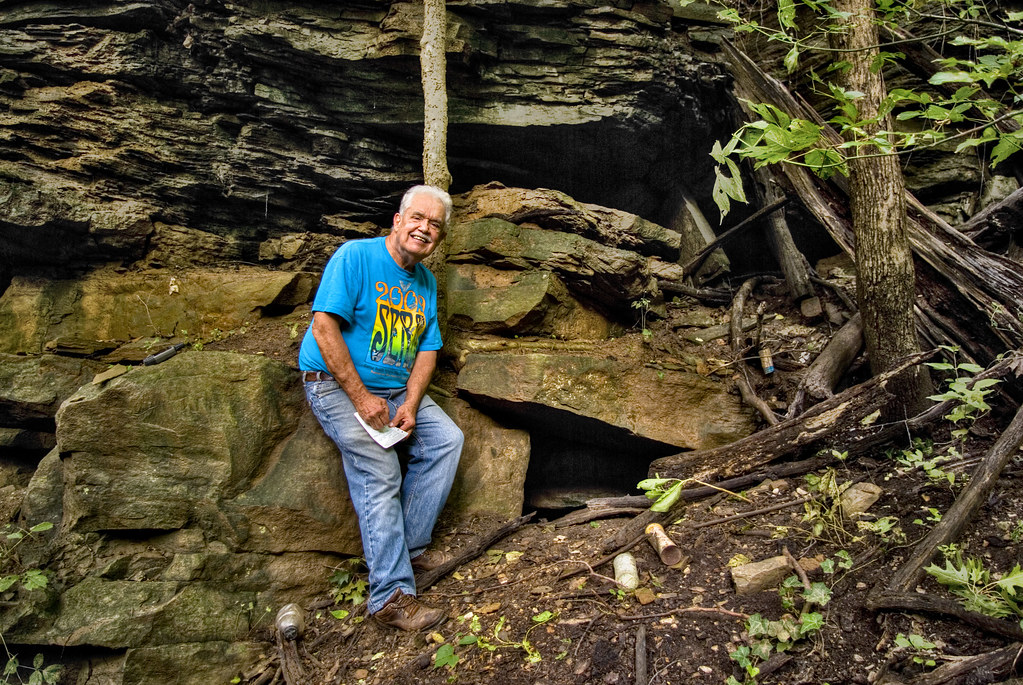
Descriptive science is the most basic form of science, but it's the place where the more detailed science all stems from. As cavers, we are working with landowners, collecting and recording data. The TCS, and other state surveys are the mediums by which this data is arranged and distributed. It's a model that accounts for landowner privacy, and conservation and safety needs - we vet cavers. Vetted cavers get access to cool data. Cavers share data back to us. Wash hands, rinse, repeat.
This is my attempt to encourage other states to adopt cave surveys. Huge holes exist in our shared knowledge of caves. The biggest obstacle to developing cave surveys is managing the human element. Everyone has a different idea of what should be done, but it turns out we've developed great tools for managing groups of people with different ideas. Democracy, Robert's Rules of Order, committees, elections, these are all tools to accomplish a stated goal.
I like to remind people that we're all in this together. I like to work with people instead of against them. Let me show you what a few years of working together can look like.
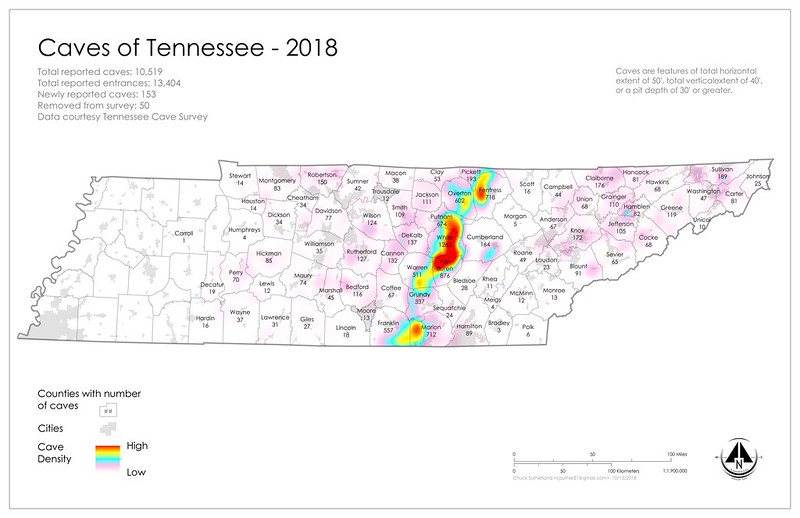




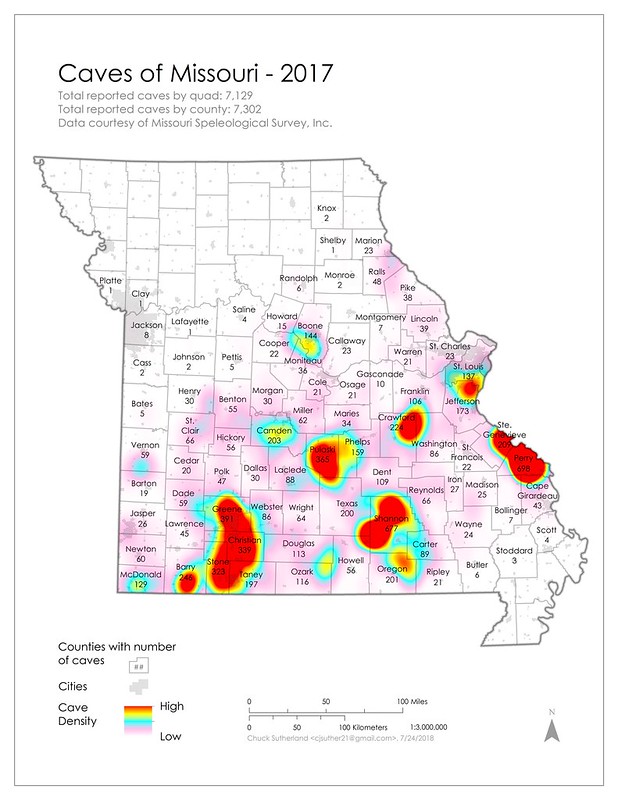
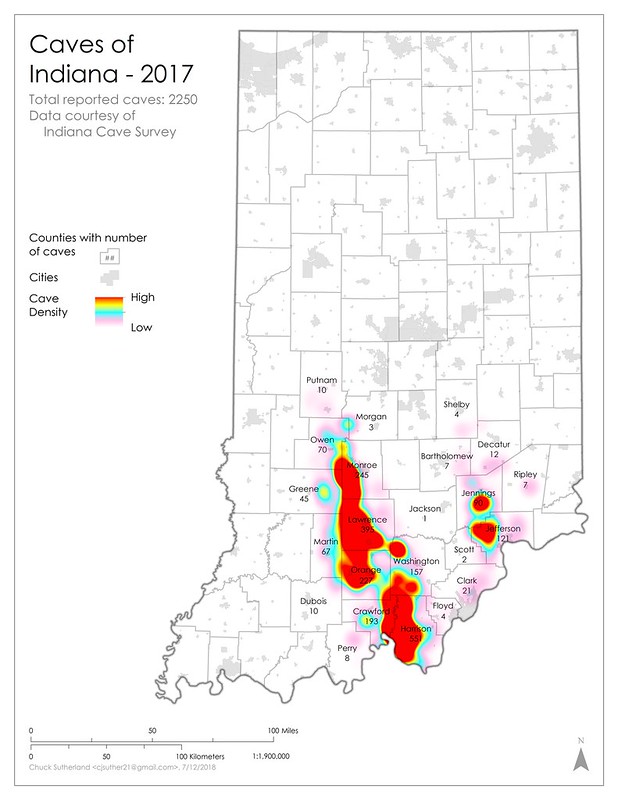
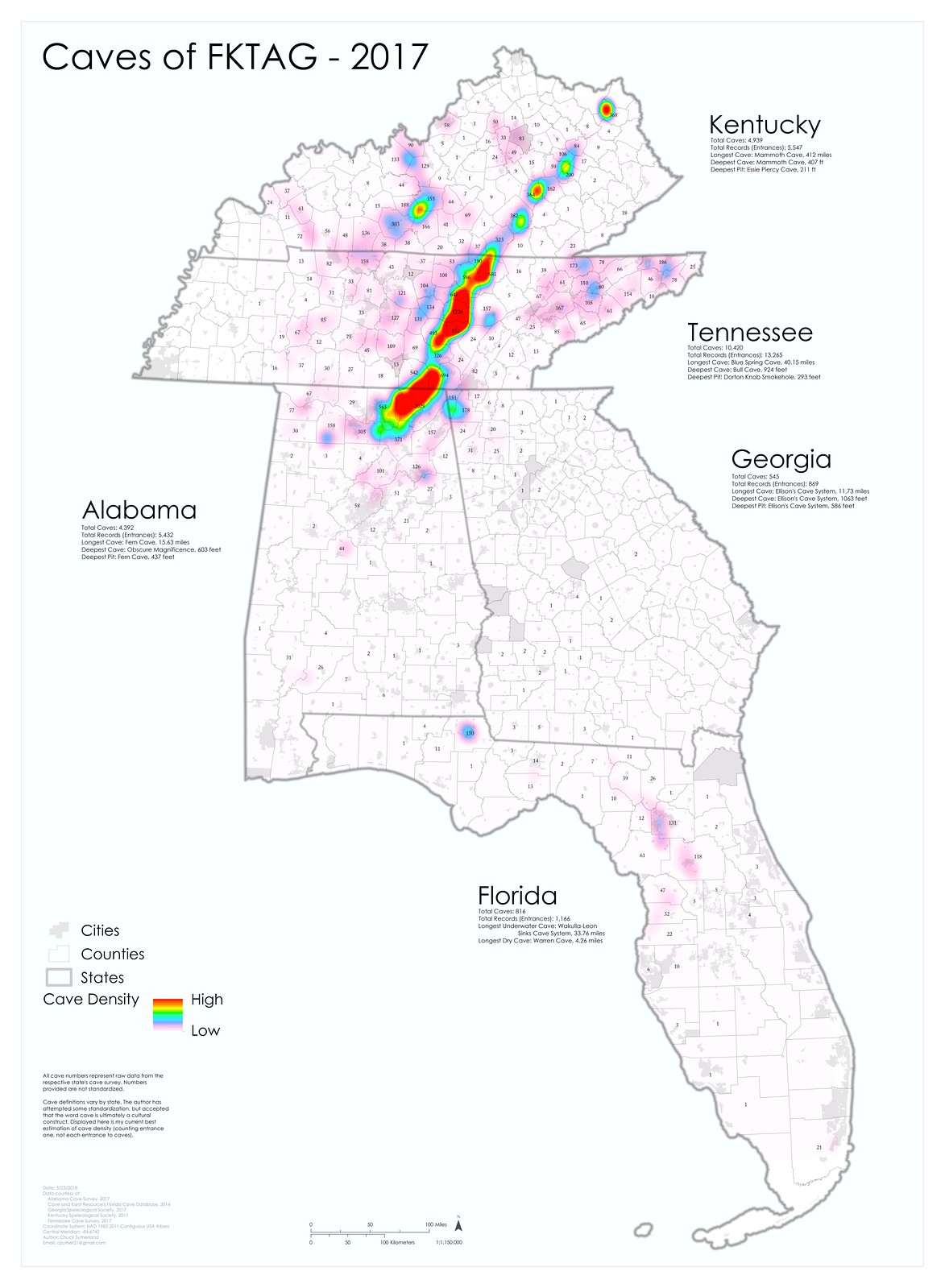
As a final note, Gerald Moni has asked me to share that he does in fact go into caves sometimes, if they are large enough. We love Gerald. :)
Shout outs for edits: Gerald Moni, and Clint Garner.
Data doesn't come easy though. We need folks like Gerald Moni, of the Tennessee Cave Survey (TCS), to solicit, collect, organize, manage, and distribute the data. Data collection, or as Gerald calls it, "Doing the hard part", is honestly the hard part. The joke seems lost on some people - caving is hard to do physically. We crawl, scrape, fight our way into and hopefully back out of these holes - and then that's the end of it. We often don't record our trip, which in a strange way makes it as if it never happened. So weekend after weekend Gerald organizes trips, and sits patiently at the cave entrance while we have fun. Upon our muddy exit he asks in his inimitable way, "How far did you go; how tall was the passage, how wide? Slow down..."

Descriptive science is the most basic form of science, but it's the place where the more detailed science all stems from. As cavers, we are working with landowners, collecting and recording data. The TCS, and other state surveys are the mediums by which this data is arranged and distributed. It's a model that accounts for landowner privacy, and conservation and safety needs - we vet cavers. Vetted cavers get access to cool data. Cavers share data back to us. Wash hands, rinse, repeat.
At the writing of this, I've been recently contacted by my friends Alexis and Uriah Pryor, former Upper Cumberland Grotto cavers who've moved to Florida. They are attempting to reboot the Florida Cave Survey. This is exciting news, because it's another vessel to organize and understand data through. Those data have all manner of uses from recreational use to scientific study.
This is my attempt to encourage other states to adopt cave surveys. Huge holes exist in our shared knowledge of caves. The biggest obstacle to developing cave surveys is managing the human element. Everyone has a different idea of what should be done, but it turns out we've developed great tools for managing groups of people with different ideas. Democracy, Robert's Rules of Order, committees, elections, these are all tools to accomplish a stated goal.
I like to remind people that we're all in this together. I like to work with people instead of against them. Let me show you what a few years of working together can look like.








As a final note, Gerald Moni has asked me to share that he does in fact go into caves sometimes, if they are large enough. We love Gerald. :)
Shout outs for edits: Gerald Moni, and Clint Garner.
Comments